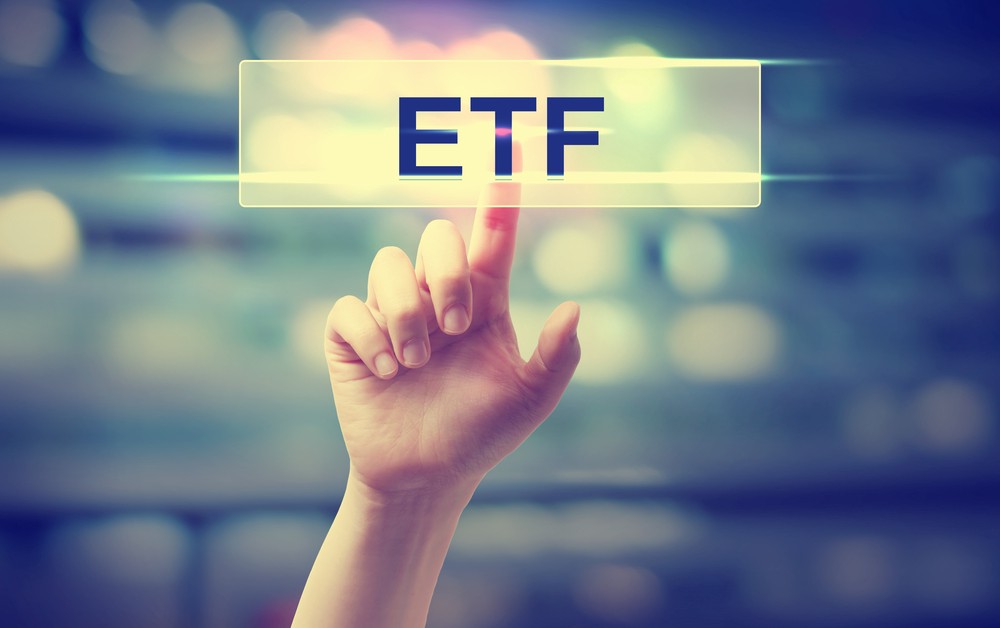‘Sustainable’ is the marketing trend du jour in exchange-traded funds, the low-cost alternative to mutual funds that round up holdings in public companies into listed entities that are themselves traded on stock-exchanges.
That has made ETFs the fastest growing asset class in impact investing. Of the 20 sustainable ETFs on the market, 17 have launched in the past few years [paywall]. Together, they represent $4.2 billion in assets. That is rekindling the long-running debate about how much impact investors can have with public equities.
“The majority of our financial system is flowing through public companies,” says Katie Hoffman, Managing Partner at New York-based Etho Capital, which offers a fossil-fuel free ETF. “How can we not touch on human rights or climate change with them? This is a huge opportunity to make our economy more equitable, clean and green.”
Screening out
Within public equities, the depth of impact is determined by the complex screening mechanisms used to create an ETF, and the indexes that they are based on. Particularly as big players like Blackrock and State Street bring out their own sustainable ETFs, investors need to know how sustainable ETFs deliver impact outcomes, along with returns.
“Big players aren’t coming at it with same depth and breadth,” says Hoffman, “It’s really about building a new marketplace, not just checking boxes.”
The MSCI indexes that underpin two of the largest, broadest-based funds, Blackrocks’s iShares MSCI KLD 400 Social (DSI) and iShares MSCI USA ESG Select (KLD), use negative screens and a cutoff based on basic ESG, or environmental, social and governance, scores.
Newer funds are considering more nuanced metrics. Change Finance, a soon-to-launch ETF family also anchored around fossil-fuel free offerings, looks at multiple impact areas simultaneously (like carbon footprint and board diversity).
Change Finance CEO Donna Morton explains, “ESG should be the floor, not the ceiling. We’ve chosen people for our team who have deep expertise in the ethical considerations. Large funds are managed by finance people trying to wrap their heads around impact, and it doesn’t work.”
Performance anxiety
Since many of the funds in the space are young it might be premature to come to any conclusions on performance just yet. Both DSI and KLD track market performance closely (using SPDR S&P 500 ETF, or SPY, as a proxy). Single industry-focused funds haven’t fared as well, underperforming the market. There are a few notable exceptions, though, like newer entrants Etho and Workplace Equality Index (focused on LGBT policy inclusion).
Here are three ways sustainable ETFs can drive impact:
1. Using the index to influence corporate behavior: Companies are motivated to be included on indexes. Financial research suggests that inclusion in large indexes can increase stock prices, increase liquidity and lower costs of capital. Since many ETFs can be tied to one index, this could have an amplifying effect.
“I’m particularly interested in engaging with companies that might not pass our screens on day one,” says Andrew Rodriguez, President of Change Finance. “What’s the calculation that they have to do, and what does the share price have to be, so they [make the necessary changes to] get in the next time the ETF is rebalanced?”
2. Driving shareholder advocacy: While shareholder advocacy is traditionally associated with actively-managed funds, don’t count it out as a tool for ETFs as well. As has been widely reported, State Street will start voting against directors of companies not making strides to put women on their board.
3. Democratizing impact investing: Given their low fees and diversified holdings, sustainable ETFs are attractive to a wide range of investors looking to incorporate impact into their portfolios. “For the longest time, if you were high net-worth, you could pay someone to customize a portfolio for you. That kind of ethical parsing wasn’t available to average investors,” says Morton. “ETFs allow for easy, cost-effective, deeply ethical products for everyone.”
Millennials in particular turn to the fund type: ETFs make up over 40 percent of their portfolios, and a majority plan to increase investments in ETFs in next year.
ETFs are easier to bring to market than traditional mutual funds, partly because the infrequently-changing investment strategy makes it easier to show hypothetical past performance. That, coupled with growing demand and new robo-investment platforms means we can expect to see even more ‘sustainable’ ETFs in the future. If they can deliver on impact, as well as performance, sustainable ETFs could take a central place in impact investment portfolios.
Editor’s note: We jumped the gun on the move “from billions to trillions.” An earlier headline misstated the assets in sustainable ETFs — by several orders of magnitude. Oops!











